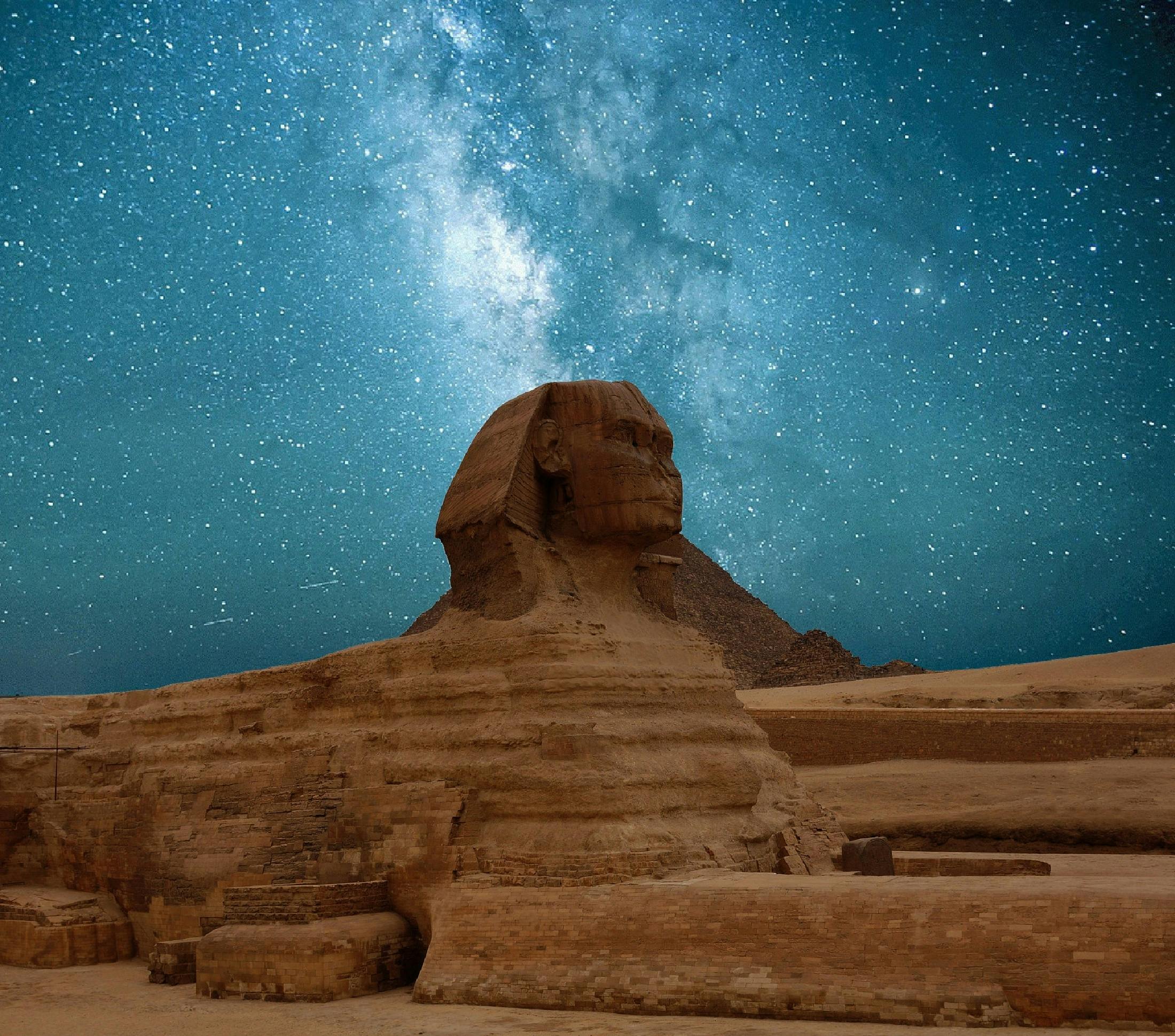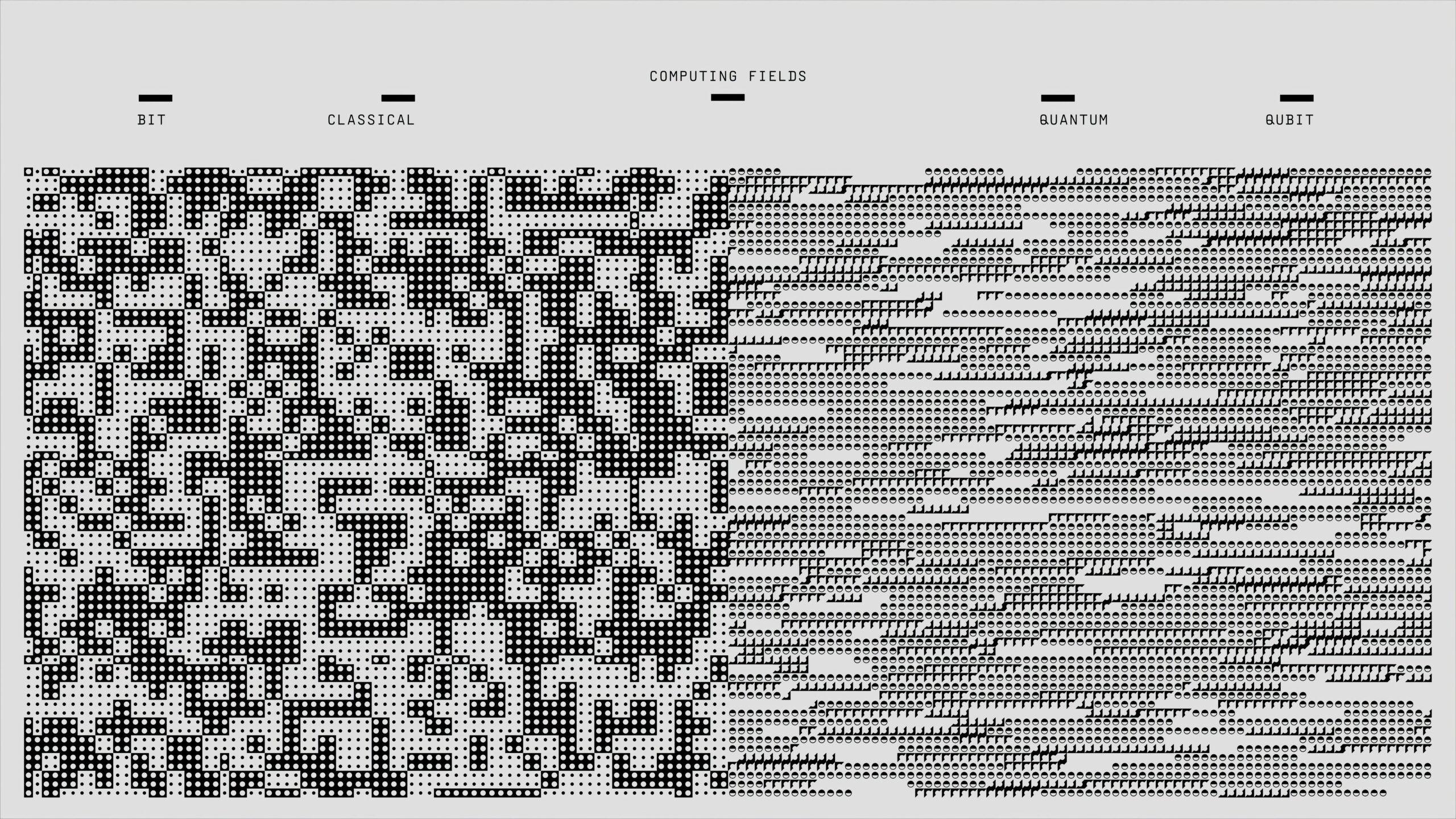The Sumerians gazed at the night sky thousands of years ago, mapping celestial movements that would shape human understanding of the cosmos for millennia to come.
🌟 The Dawn of Celestial Observation in Ancient Mesopotamia
Long before modern telescopes pierced the veil of space, the ancient Sumerians of Mesopotamia established themselves as humanity’s first systematic astronomers. Between 4500 and 1900 BCE, these innovative people developed sophisticated methods of tracking celestial bodies, creating astronomical records that would influence civilizations for thousands of years. Their observations weren’t merely scientific endeavors but deeply intertwined with their mythology, religion, and understanding of divine will.
The fertile lands between the Tigris and Euphrates rivers provided more than agricultural abundance. The clear desert skies offered an unobstructed canvas upon which the Sumerians could study the movements of planets, stars, and the moon. This geographical advantage, combined with their intellectual curiosity, positioned them as pioneers in astronomical observation and mythological interpretation of celestial phenomena.
The Sacred Connection Between Gods and Stars ✨
Sumerian astronomy was inseparable from their religious beliefs. Every celestial body represented a deity or divine force, and their movements across the sky told stories of cosmic battles, divine romances, and supernatural interventions in earthly affairs. The planet Venus, for instance, was associated with Inanna, the goddess of love and war, whose appearance as both morning and evening star symbolized her dual nature.
The moon god Nanna (later called Sin) held particular importance in Sumerian cosmology. As the celestial body that marked the passage of months and regulated their calendar system, the moon became central to both religious observance and agricultural planning. Priests tracked lunar cycles meticulously, believing that understanding these patterns allowed them to predict divine intentions and prepare for significant events.
The Planetary Deities and Their Cosmic Dance
The Sumerians identified five visible planets, each associated with specific deities who governed different aspects of existence. Jupiter represented Marduk, the king of gods in later Babylonian tradition. Mars embodied Nergal, the god of war and plague. Mercury was linked to Nabu, the god of wisdom and writing. Saturn corresponded to Ninurta, the god of agriculture and hunting. These associations weren’t arbitrary but reflected observed characteristics of each planet’s movement and appearance.
Understanding these planetary associations reveals how the Sumerians integrated astronomical observation with their mythological framework. When planets moved in retrograde motion or appeared particularly bright, priests interpreted these events as divine messages requiring immediate attention and often elaborate rituals to appease or honor the associated deity.
📜 The Cuneiform Sky: Recording Celestial Events
The invention of cuneiform writing around 3400 BCE revolutionized Sumerian astronomy. For the first time in human history, celestial observations could be recorded, preserved, and transmitted across generations. Clay tablets became repositories of astronomical knowledge, containing detailed records of lunar eclipses, planetary positions, and star catalogs that demonstrated remarkable accuracy.
These astronomical texts served multiple purposes. Some functioned as practical calendars for agricultural planning and religious festivals. Others operated as omen texts, interpreting celestial events as predictions of earthly occurrences. The famous “MUL.APIN” tablets, compiled around 1000 BCE but based on much earlier Sumerian observations, contained extensive star catalogs and instructions for tracking celestial bodies throughout the year.
The Birth of Mathematical Astronomy
Sumerian astronomical observations weren’t limited to qualitative descriptions. They developed sophisticated mathematical systems to predict celestial events. Their base-60 numerical system, which gave us the 60-minute hour and 360-degree circle, proved particularly suited for astronomical calculations. This mathematical framework allowed them to calculate lunar cycles, predict eclipses, and track planetary movements with impressive precision.
The concept of the zodiac, dividing the sky into twelve sections corresponding to months, originated in Sumerian astronomical thought. Each division contained specific constellations whose heliacal risings marked the passage of seasons. This system became foundational to both astronomy and astrology in subsequent civilizations.
🏛️ Temple Observatories and Priestly Astronomers
Sumerian temples weren’t merely places of worship but functioned as astronomical observatories. The ziggurats, massive stepped pyramids that dominated city skylines, provided elevated platforms for celestial observation. Priestly astronomers conducted nightly watches from these structures, recording the positions of celestial bodies and interpreting their significance.
The priestly class held exclusive knowledge of astronomical lore, maintaining their privileged position through control of this celestial wisdom. Becoming an astronomer-priest required years of training in mathematics, observation techniques, and mythological interpretation. This knowledge passed from master to apprentice, creating lineages of astronomical expertise that spanned centuries.
Daily Rituals and Celestial Timekeeping
The Sumerians organized their daily lives according to celestial rhythms. The appearance of specific stars at dawn determined optimal times for planting and harvesting. The phases of the moon governed religious ceremonies and civic activities. This integration of astronomy into daily existence meant that celestial knowledge wasn’t abstract but practically essential for societal functioning.
Water clocks and shadow-casting devices helped track time during both day and night, supplementing direct celestial observation. These tools represented early technological applications of astronomical knowledge, demonstrating how theoretical understanding translated into practical innovation.
The Cosmic Creation Story 🌍
Sumerian creation mythology reflects their astronomical observations. The “Enuma Elish,” though primarily a Babylonian text, built upon earlier Sumerian cosmological concepts. In this narrative, the universe emerged from primordial chaos when the god Marduk defeated Tiamat, the cosmic ocean. He then split her body to create heaven and earth, establishing the ordered cosmos that astronomical observation revealed.
This creation story served as more than religious narrative. It provided a framework for understanding the structure of the universe and humanity’s place within it. The orderly movements of celestial bodies confirmed divine governance of the cosmos, while disruptions like eclipses suggested temporary chaos requiring ritual intervention to restore cosmic balance.
🔭 Legacy: From Sumer to Modern Astronomy
The astronomical achievements of the Sumerians reverberated through subsequent civilizations. The Babylonians inherited and expanded Sumerian astronomical knowledge, creating even more sophisticated predictive models. The Greeks learned from Babylonian astronomy, incorporating its mathematical frameworks into their own celestial theories. Eventually, this knowledge transmission reached medieval Islamic astronomers and European Renaissance scientists.
Many astronomical concepts we consider fundamental originated in Sumerian thought. The seven-day week corresponds to the seven visible celestial bodies recognized by the Sumerians. Our constellation names and zodiacal divisions trace back to Mesopotamian star catalogs. Even specific astronomical periods, like the 19-year Metonic cycle used to synchronize lunar and solar calendars, were known to Sumerian astronomers.
Modern Rediscovery of Ancient Wisdom
Archaeological excavations in the 19th and 20th centuries unearthed thousands of cuneiform tablets containing astronomical records. Deciphering these texts revealed the sophisticated nature of Sumerian astronomical knowledge, challenging earlier assumptions that scientific astronomy began with the Greeks. Modern scholars continue discovering new insights into Sumerian methods, using computer analysis to decode complex astronomical calculations embedded in ancient texts.
Contemporary archaeoastronomy examines how ancient structures align with celestial events, revealing how Sumerians incorporated astronomical knowledge into architectural design. Temple orientations, gate placements, and city layouts often corresponded to solstices, equinoxes, or significant stellar risings, demonstrating the pervasive influence of celestial observation on Sumerian civilization.
The Mythological Star Catalog 🌌
Sumerian constellations differed significantly from modern configurations, reflecting their unique mythological perspective. The constellation we know as Taurus represented the “Bull of Heaven” from the Epic of Gilgamesh, sent by the goddess Ishtar to punish the hero for rejecting her advances. The arrangement of stars told this story, with specific stars marking key moments in the mythological narrative.
Other constellations represented agricultural tools, divine symbols, or mythological creatures. The “Great Plow” constellation guided farmers in determining planting seasons. The “Fish” constellation honored the god Enki, associated with wisdom and fresh water. Each star grouping carried layers of meaning, simultaneously serving practical, religious, and narrative functions.
Interpreting Celestial Omens
Omen interpretation formed a crucial aspect of Sumerian astronomy. Priests maintained extensive collections of omen texts correlating celestial events with earthly consequences. A lunar eclipse might predict the death of a king, while unusual planetary alignments suggested impending war or famine. These interpretations weren’t arbitrary but based on centuries of recorded observations and their coincidental relationships with historical events.
The practice of celestial divination spread throughout the ancient world, influencing astrological traditions in Egypt, Greece, India, and beyond. While modern science separates astronomy from astrology, this distinction didn’t exist for the Sumerians, who saw celestial observation and interpretation as unified practices.
🎯 Astronomical Precision in an Ancient World
Recent analysis of Sumerian astronomical texts reveals surprising precision in their observations. Lunar eclipse predictions demonstrate understanding of the Saros cycle, an 18-year period after which eclipse patterns repeat. Planetary position calculations show awareness of synodic periods with accuracy comparable to observations made centuries later by Greek astronomers.
This precision required not only careful observation but sophisticated data management. Astronomical observations accumulated across generations needed organization, analysis, and synthesis into predictive models. The institutional structure of Sumerian temples facilitated this long-term scientific enterprise, providing continuity despite political changes and individual mortality.
The Eternal Dance of Heaven and Earth 🌙
The Sumerians perceived no fundamental separation between celestial and terrestrial realms. Divine forces manifested both in the heavens and on earth, with celestial movements reflecting and influencing earthly events. This holistic worldview meant that astronomy wasn’t merely observational science but a method of understanding divine will and humanity’s cosmic significance.
Kings legitimized their authority through celestial associations, claiming descent from stellar deities or divine appointment confirmed by astronomical signs. Major political decisions awaited auspicious celestial configurations. Military campaigns launched when planets favored victory. This integration of astronomical knowledge into governance demonstrates how thoroughly celestial observation permeated Sumerian society.

Unlocking Ancient Wisdom for Modern Times 💫
Contemporary interest in Sumerian astronomy extends beyond historical curiosity. Their holistic approach to celestial observation, integrating scientific measurement with philosophical and spiritual reflection, offers alternative perspectives on humanity’s relationship with the cosmos. While we’ve gained technological sophistication, the Sumerians remind us that astronomical observation can serve purposes beyond purely mechanical understanding.
The preservation and study of Sumerian astronomical texts continues revealing new insights. Advanced imaging techniques recover faded inscriptions from damaged tablets. Computational analysis identifies astronomical patterns in texts previously thought purely mythological. Each discovery adds depth to our appreciation of these ancient stargazers who laid foundations for human understanding of the universe.
The mythic astronomy of the Sumerians represents humanity’s first sustained effort to comprehend celestial phenomena through systematic observation and recorded analysis. Their integration of scientific precision with mythological interpretation created a rich intellectual tradition that influenced civilizations for millennia. By studying their achievements, we glimpse not only the origins of astronomy but also the universal human impulse to find meaning in the stars above.
Toni Santos is a cosmic anthropology researcher and universal‐history writer exploring how ancient astronomical cultures, mythic narratives and galactic civilizations intersect to shape human identity and possibility. Through his studies on extraterrestrial theories, symbolic cosmology and ancient sky-observatories, Toni examines how our story is woven into the fabric of the universe. Passionate about celestial heritage and deep time, Toni focuses on how humanity’s past, present and future converge in the patterns of the stars and stories of the land. His work highlights the dialogue between archaeology, mythology and cosmic theory — guiding readers toward a broader horizon of meaning and connection. Blending anthropology, cosmology and mythic studies, Toni writes about the architecture of human experience on the cosmic stage — helping readers understand how civilizations, story and consciousness evolve beyond Earth. His work is a tribute to: The sky-woven stories of ancient human cultures The interconnectedness of myth, archaeology and cosmic philosophy The vision of humanity as a participant in a universal story Whether you are a historian, cosmologist or open-minded explorer of universal history, Toni Santos invites you to travel the cosmos of human meaning — one culture, one myth, one horizon at a time.




